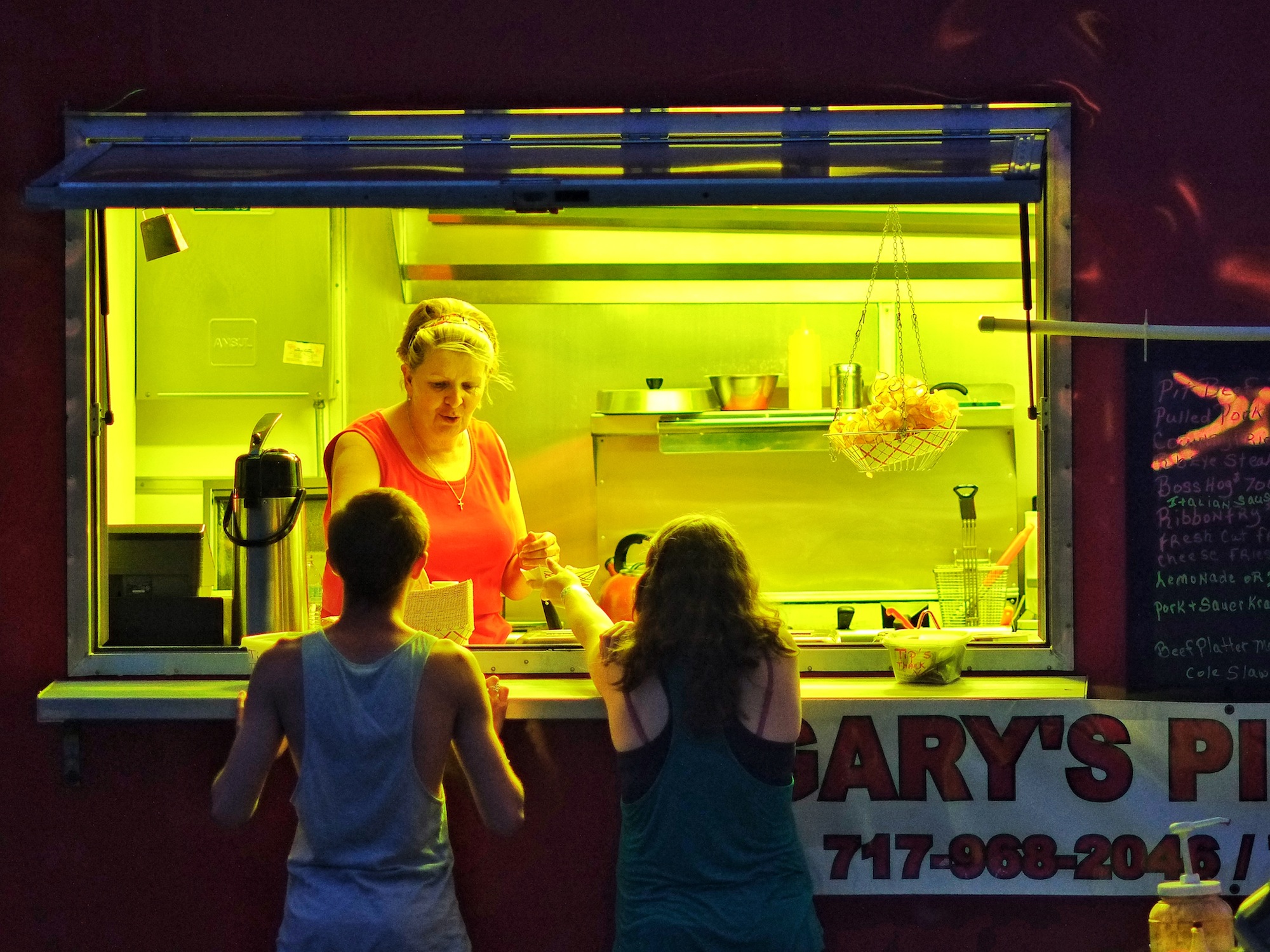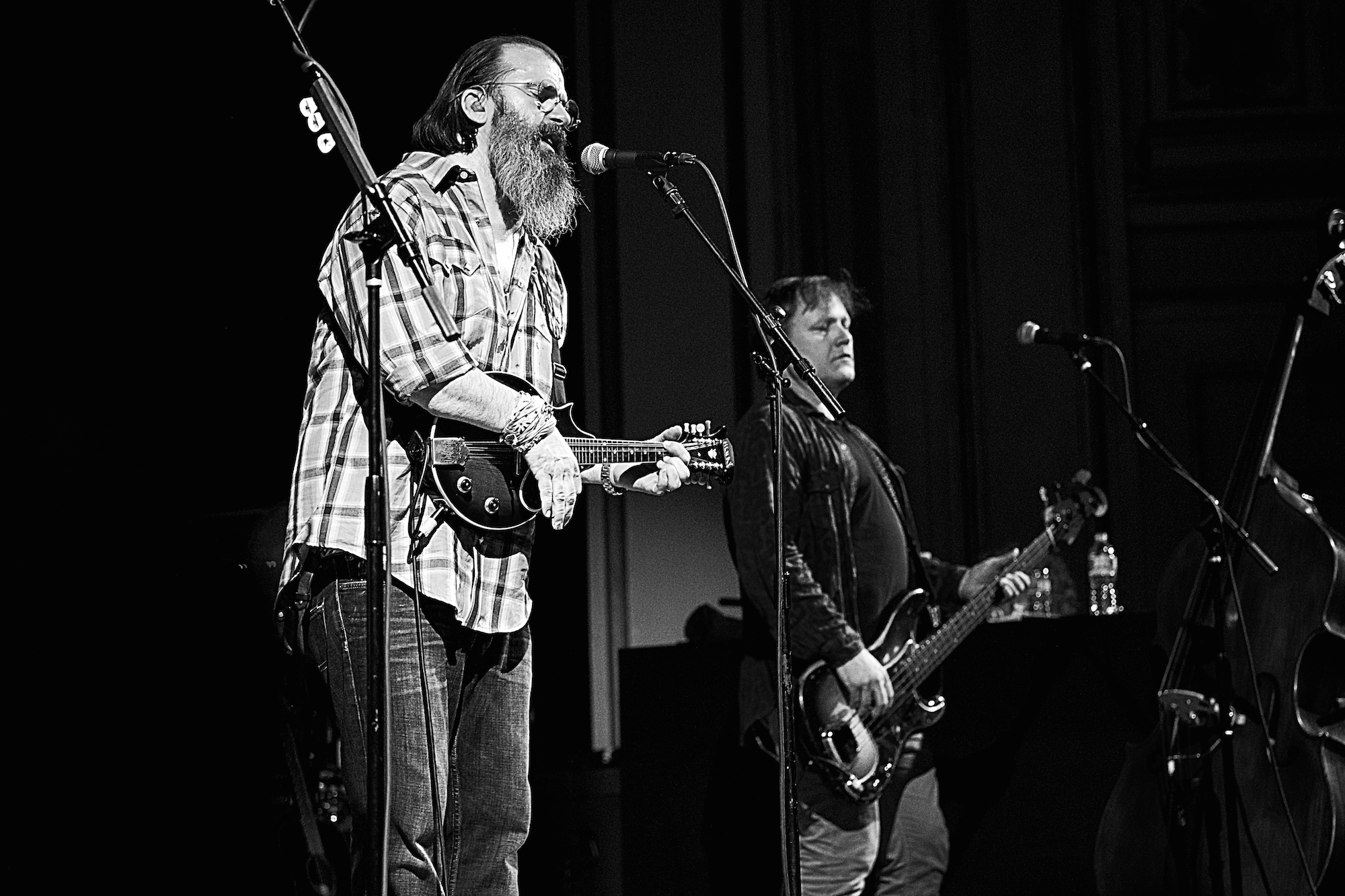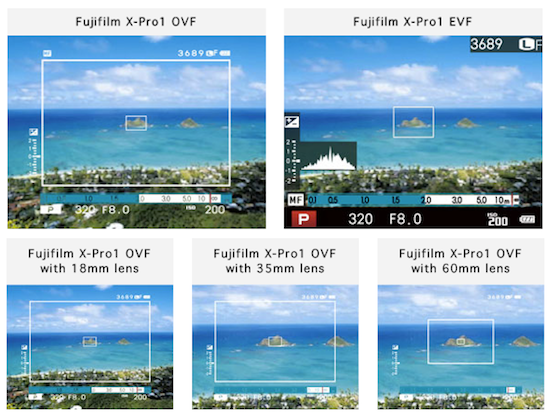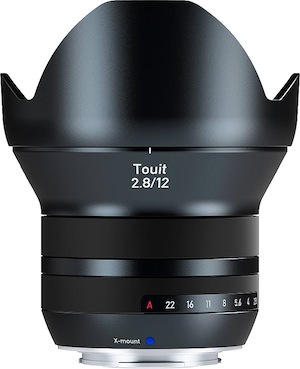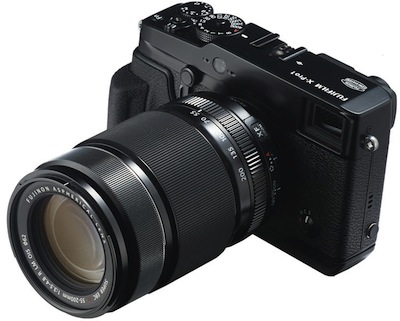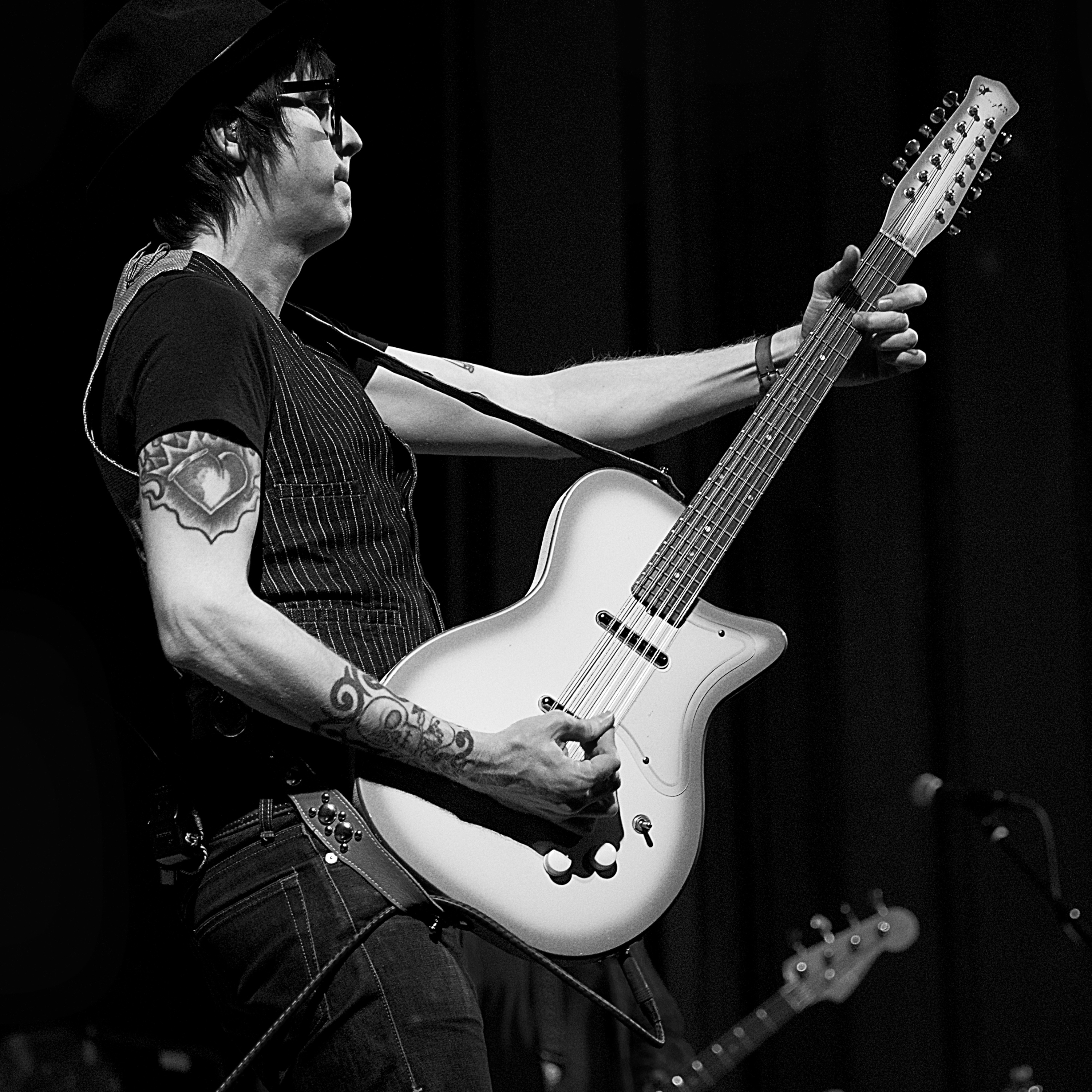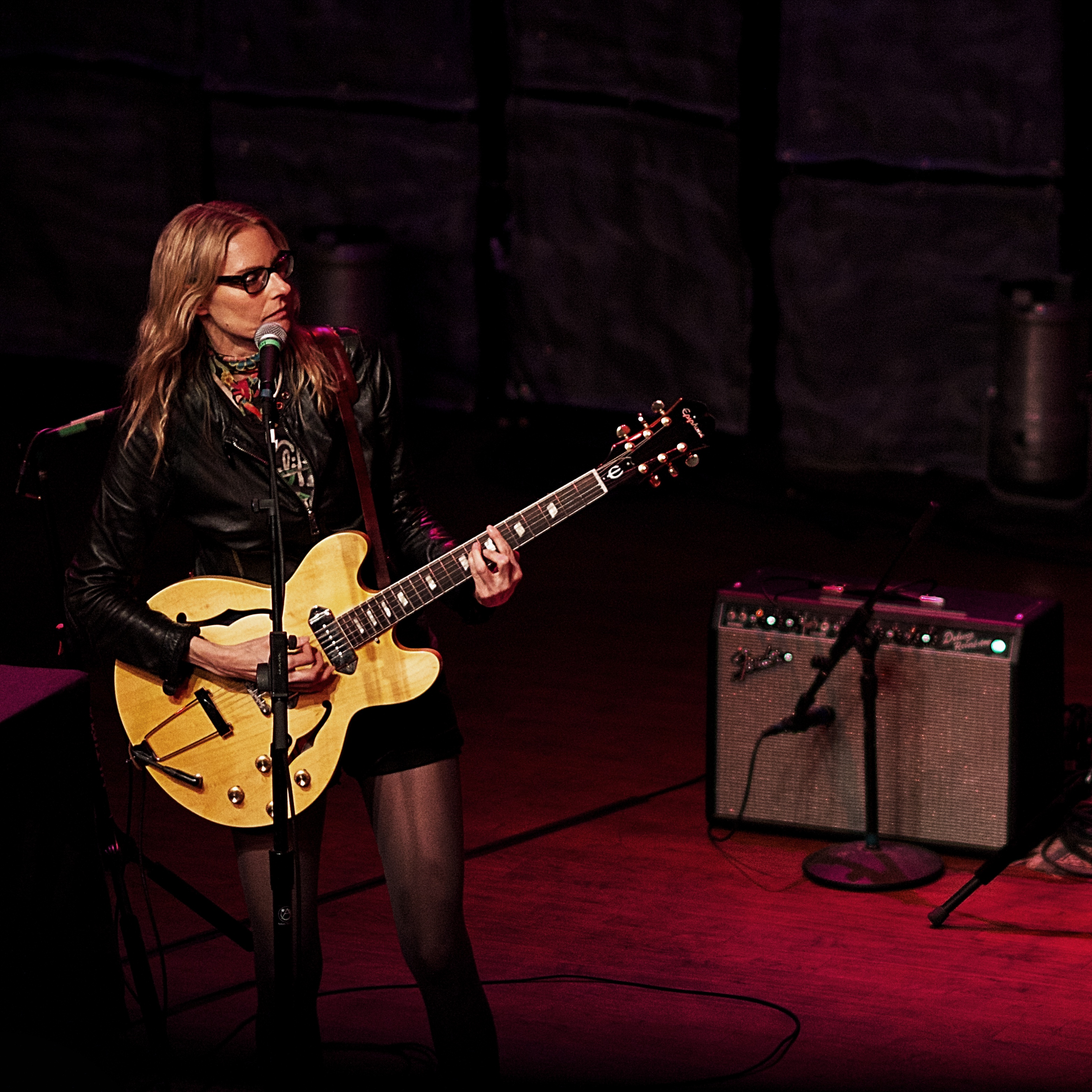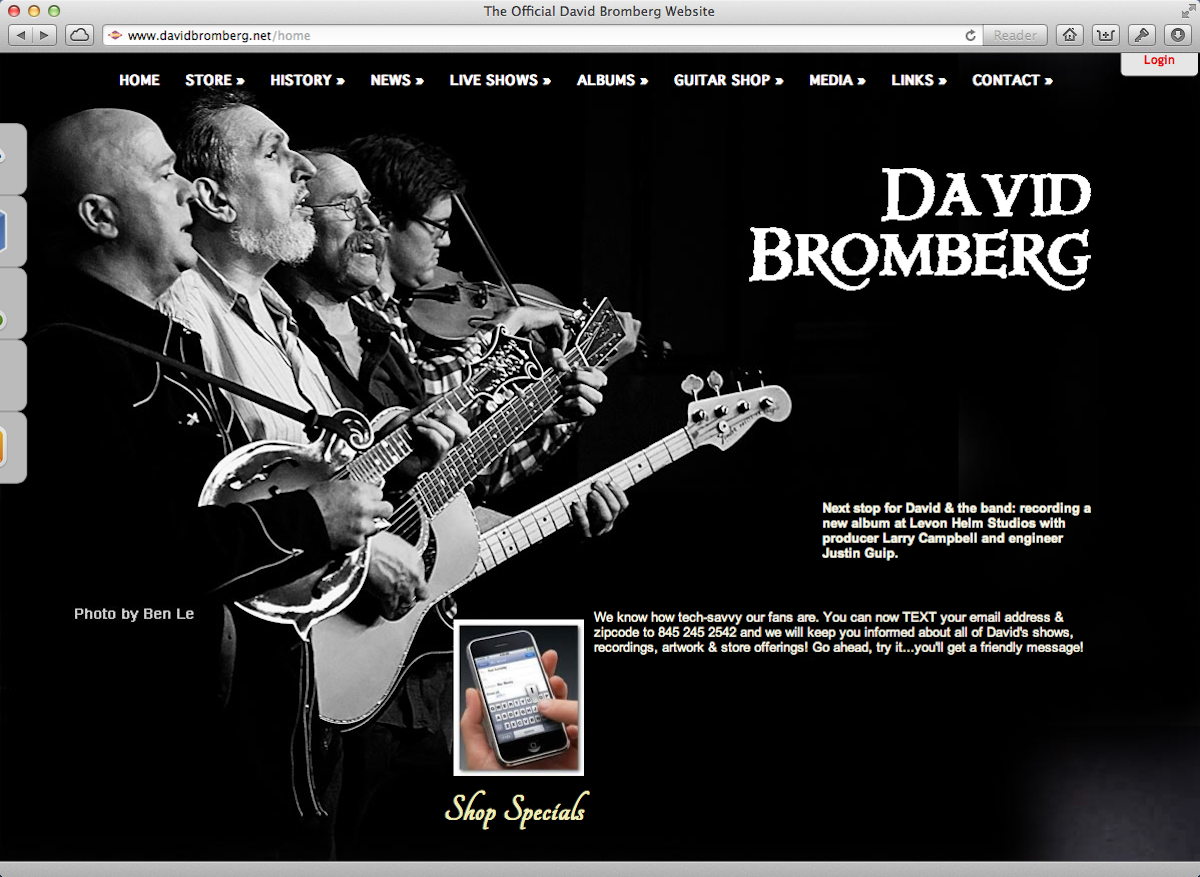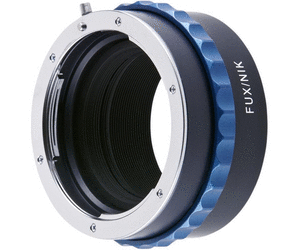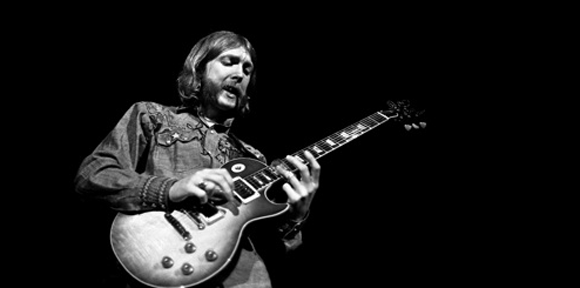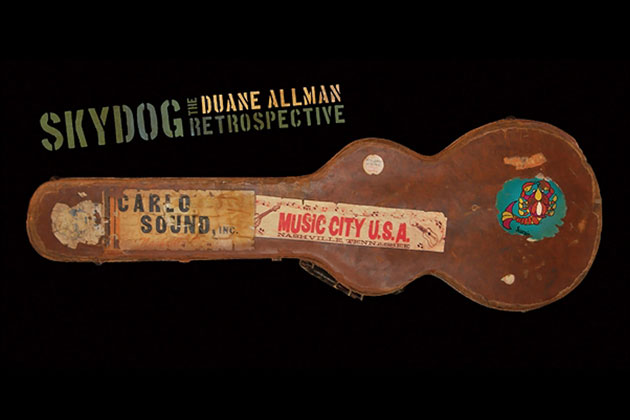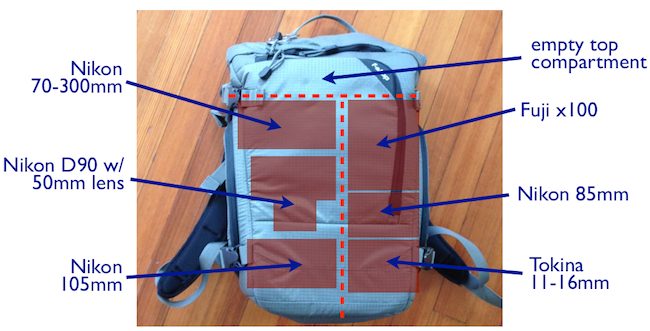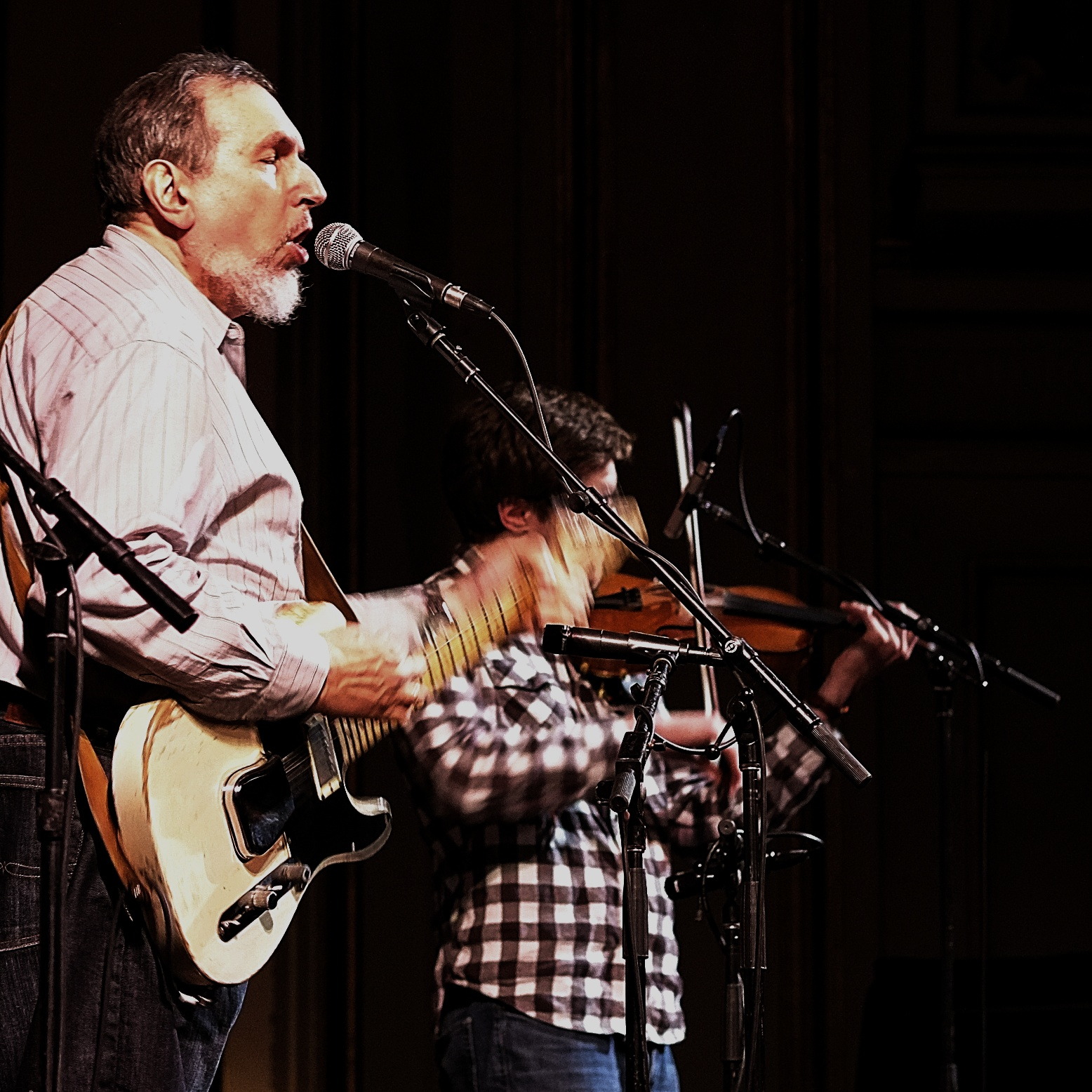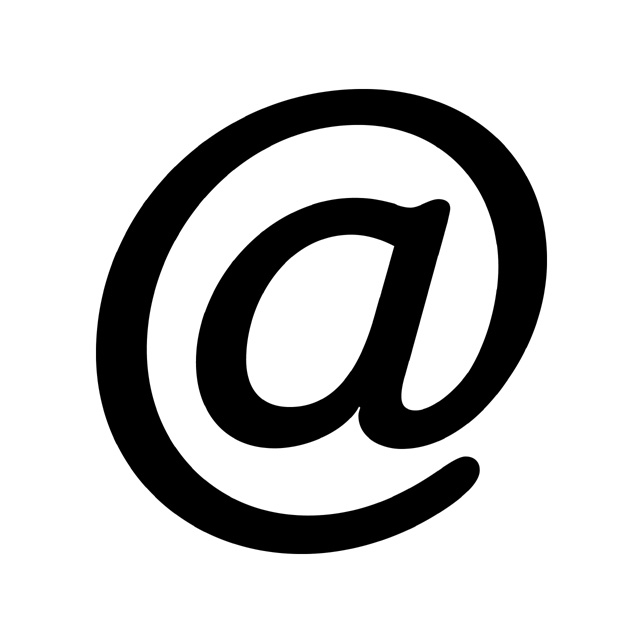Nikon DSLR system: My rumors of its demise have been greatly exaggerated
Last week I noted how I hadn't used my Nikon D90 and lenses in many moons, in favor of the Fuji X-Pro1 and three excellent prime lenses (18mm, 35mm, and 60mm). Is the Nikon system on it's way out? Not so fast! (April 2014: see update here)
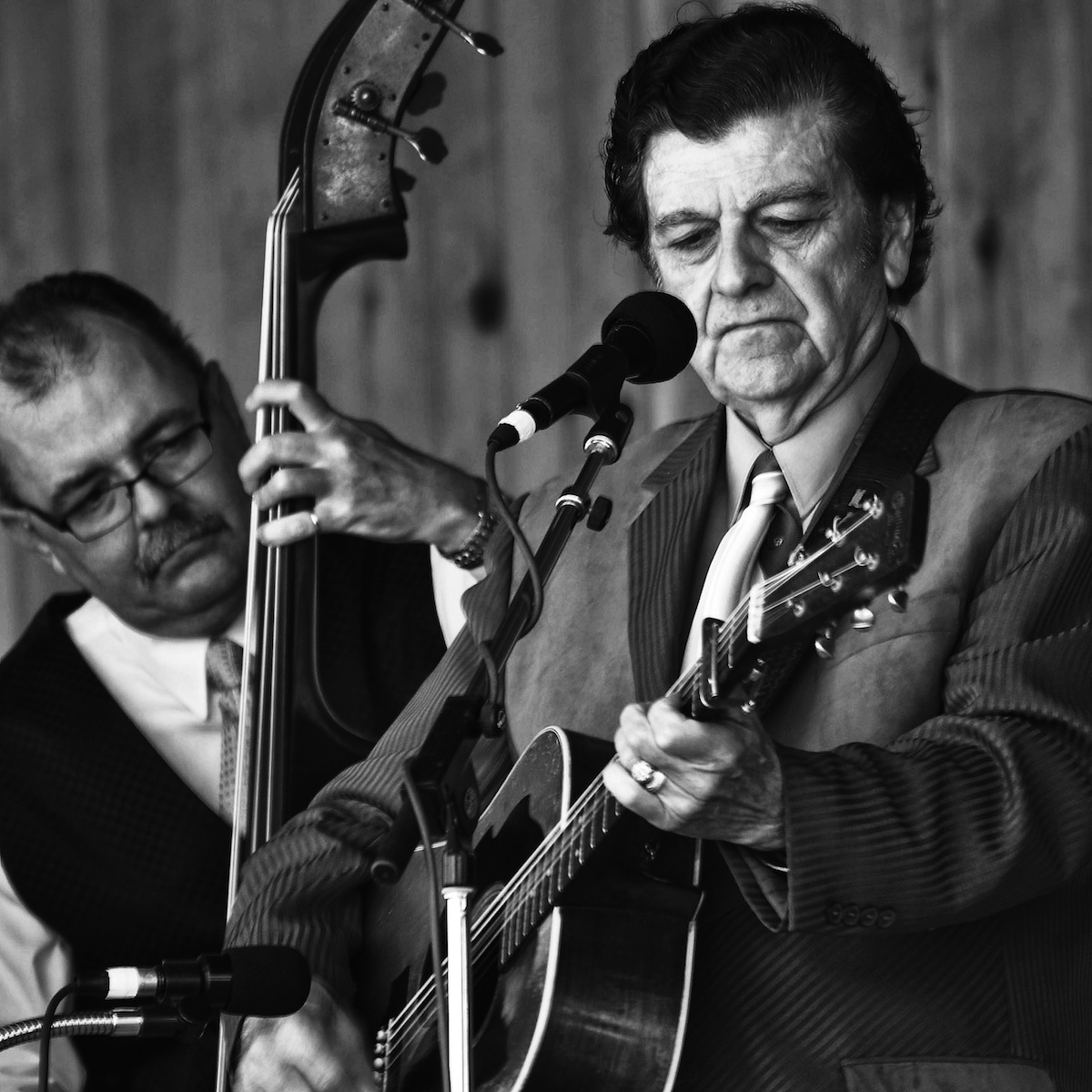 Larry Sparks (70-300mm VR @300mm, f/5.6)Having just returned from a weekend of music and photography at the Gettysburg Bluegrass Festival, the D90 was awesome, capturing most of the images in my album from the gathering. While I've primarily been shooting with the X-Pro1 at concerts recently, in many ways that's a function of the discreteness of the Fuji when paired with one of the prime lenses in the system. At the festival I was able to wander around shooting with whatever camera I wanted without attracting my attention since there were tons of other photographers there. My D90 with 70-300mm VR lens was relatively small compared to gripped bodies with 70-200mm f/2.8 lenses I saw and I fit in with all the casual shooters with prosumer bodies and kit zooms.
Larry Sparks (70-300mm VR @300mm, f/5.6)Having just returned from a weekend of music and photography at the Gettysburg Bluegrass Festival, the D90 was awesome, capturing most of the images in my album from the gathering. While I've primarily been shooting with the X-Pro1 at concerts recently, in many ways that's a function of the discreteness of the Fuji when paired with one of the prime lenses in the system. At the festival I was able to wander around shooting with whatever camera I wanted without attracting my attention since there were tons of other photographers there. My D90 with 70-300mm VR lens was relatively small compared to gripped bodies with 70-200mm f/2.8 lenses I saw and I fit in with all the casual shooters with prosumer bodies and kit zooms.
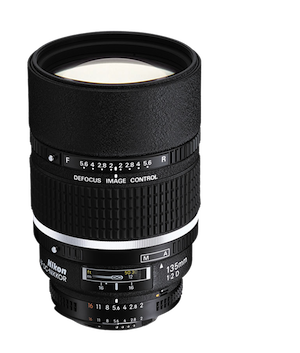 For daytime shooting, the 70-300mm VR lens worked like a champ. Sometimes the images it produces seem a bit washed out, but that's usually fixable in post-processing. But the range it offers for outdoor shooting was just about perfect. Once the sun went down I switched to my 135mm f/2 DC, which is becoming one of my favorites on both the D90 and adapted on the X-Pro1. It's nice and compact and produces awesome images. One of these days when I when the lottery I'll pick up a 70-200mm f/2.8, but for now I like my kit.
For daytime shooting, the 70-300mm VR lens worked like a champ. Sometimes the images it produces seem a bit washed out, but that's usually fixable in post-processing. But the range it offers for outdoor shooting was just about perfect. Once the sun went down I switched to my 135mm f/2 DC, which is becoming one of my favorites on both the D90 and adapted on the X-Pro1. It's nice and compact and produces awesome images. One of these days when I when the lottery I'll pick up a 70-200mm f/2.8, but for now I like my kit.
Since I don't see myself abandoning the SLR platform and moving exlusively to the Fuji stytem, here's what I want in a future Nikon body:
- As much I'm tempted to upgrade to a full-frame body, I like the extra reach of a crop-sensor system. I could always go with a high-resolution camera like a D800 and crop when needed, but that seems like overkill, and generally I'm not so interested in the huge files that the D800 outputs. Plus I'm somewhat invested in DX lenses, primarily with my Tokina 11-16mm (my favorite!) and 10.5mm fisheye.
- Speaking of lenses, any future Nikon I get needs to have an in-body motor, since three of my favorite lenses are the older-type that don't have in-lens focusing motors (just for review, those three are the Tokina 11-16mm, Nikon 10.5mm fisheye, and 135mm f/2 DC).
- Improved high-ISO performance. I like shooting concerts and other low-light situations.
- I don't care about video capabilities, but I know that this is probably something that all future DSLRs will include. Hopefully Nikon will at least keep the video functionality out of of the way and won't go overboard and make it a central feature of the camera.
- This seems like the mythical D400 which has been hotly anticipated by Nikon shooters.
 Wednesday, May 22, 2013 |
Wednesday, May 22, 2013 |  Post a Comment | tagged
Post a Comment | tagged  135mm dc,
135mm dc,  70-300mm vr,
70-300mm vr,  camera gear,
camera gear,  nikon,
nikon,  nikon d90
nikon d90 
